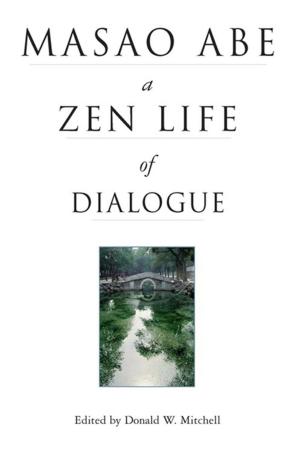Asmat Art
Woodcarvings of Southwest New Guinea
Nonfiction, History, Australia & Oceania, Art & Architecture, General Art, Art History| Author: | ISBN: | 9781462909643 | |
| Publisher: | Tuttle Publishing | Publication: | November 13, 2012 |
| Imprint: | Periplus Editions | Language: | English |
| Author: | |
| ISBN: | 9781462909643 |
| Publisher: | Tuttle Publishing |
| Publication: | November 13, 2012 |
| Imprint: | Periplus Editions |
| Language: | English |
Asmat Art features the world renowned woodcarvings of the Asmat, former head-hunters who live in the western half of New Guinea
This book presents a full range of Asmat woodcarving art, but emphasizes the rare early shields and figure sculptures. Drums, canoe prowheads and the larger, more dramatic "objects" are also shown.
Together with bisj poles, war shields are perhaps the most famous creation of Asmat artists, and these were carved throughout the region. It is in the design and construction of the shields that the variations in style region can most clearly be seen. Figure sculptures, of varying styles, are also well represented here, and a limited number of the huge ceremonial carvings, such as bisj poles and basu suangkus, have also been included. The cultural context in which these items play their part is described in detail in the introductory chapters. But it is not the intention of this book to be an ethnography. The focus is on the art pieces themselves.
Asmat Art features the world renowned woodcarvings of the Asmat, former head-hunters who live in the western half of New Guinea
This book presents a full range of Asmat woodcarving art, but emphasizes the rare early shields and figure sculptures. Drums, canoe prowheads and the larger, more dramatic "objects" are also shown.
Together with bisj poles, war shields are perhaps the most famous creation of Asmat artists, and these were carved throughout the region. It is in the design and construction of the shields that the variations in style region can most clearly be seen. Figure sculptures, of varying styles, are also well represented here, and a limited number of the huge ceremonial carvings, such as bisj poles and basu suangkus, have also been included. The cultural context in which these items play their part is described in detail in the introductory chapters. But it is not the intention of this book to be an ethnography. The focus is on the art pieces themselves.















